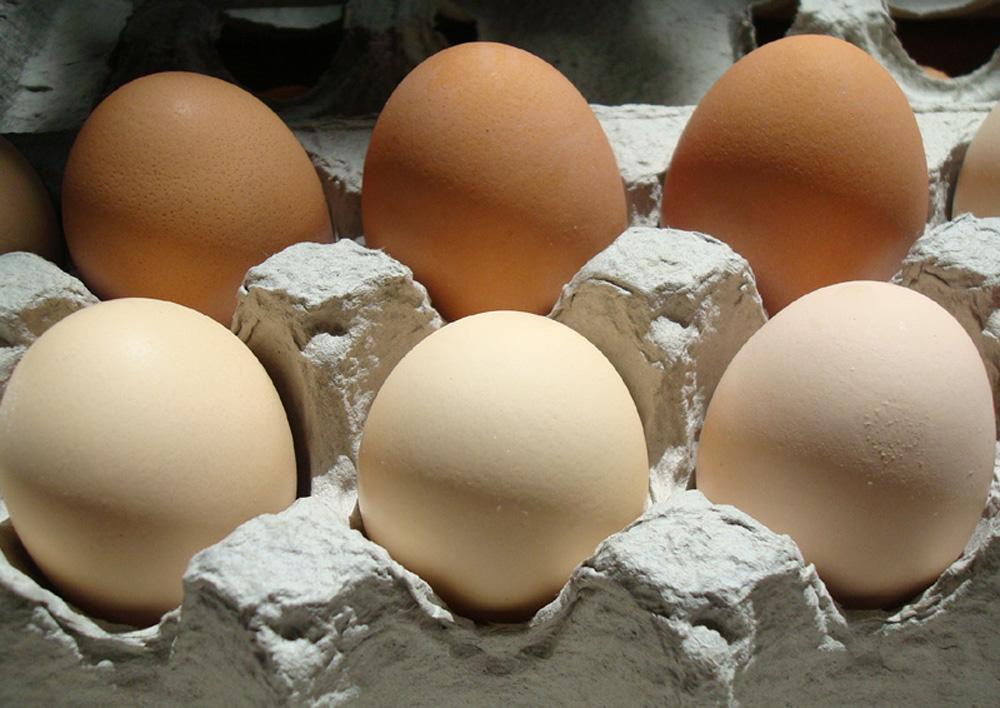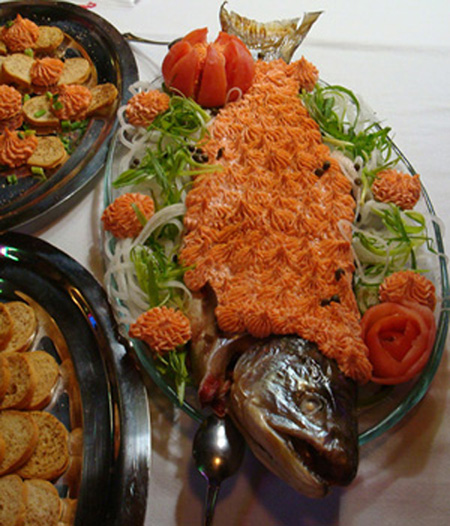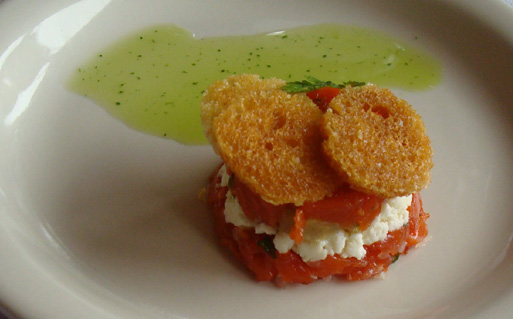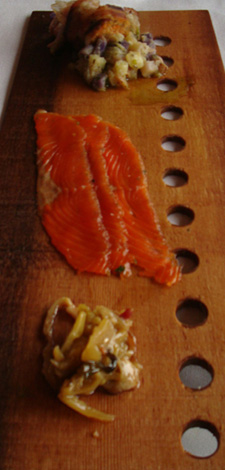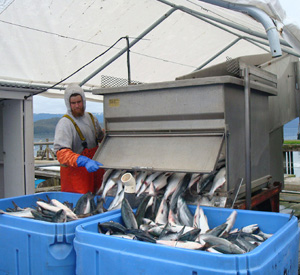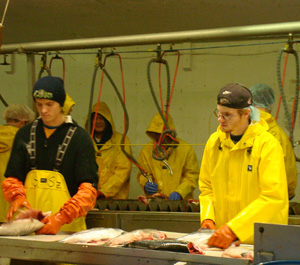A Most Eggs-cellent Taste
Having been born and raised in San Francisco, I’m a big-city girl. I sheepishly concede that really shows sometimes, too.
When I was a summer intern at the Portland Oregonian newspaper way back when, my editors sent me to the county fair to write a story. Any story.
When I arrived, I noticed the dairy cow competition was about to begin. Admittedly, growing up in cramped, congested San Francisco, I never even lived anywhere that had room for grass in the yard. Not surprisingly, my experience with cows was limited to seeing them grazing off in the distance as I rode in a car on the freeway. Getting up close and personal with one was novel, to be sure.
I walked up to a young man at the fair, who was tending his cows. “Excuse me, Sir?” I asked. “Are you in the dairy cow competition?”
The young man looked at me, looked at his cows, then looked at me again: “Ma’am, these are beef cows.”
Ohhh, right. The cows were dark as coal, muscular, and rather hefty, I realized on second glance, as I slinked off in complete shame.
So it goes without saying that I grew up getting my eggs from supermarkets, too. Sure, I’d read and heard people say that farm-fresh eggs were so much better. But I had been content to take the easy route, just picking up a carton of 12 on my regular trips to the grocery store.
But a few weeks ago, my husband’s co-worker, who raises chickens, gave us two dozen of his farm-fresh eggs. They were about two days old, with shells that ranged in hue from alabaster to biscuit to bronze.
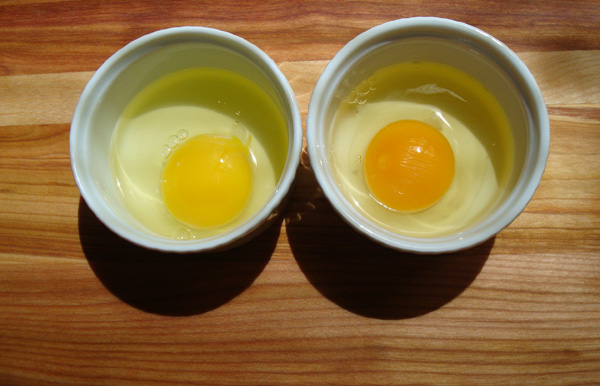
My husband, who also had never experienced fresh eggs, was eager to try them, too. The next morning, he cracked two open for sunny-side up eggs with toast. The difference was immediately apparent. The yolks were orange, not the standard yellow. Some say the more vivid color is due to the chickens being less stressed; others say it’s because farmers feed marigolds to the poultry to purposely attain that color in the eggs. And still others say the color comes from the farm chicken’s natural diet of grains, leaves and bugs, in contrast to the commercial chicken, which is usually fed soy and fish meals.

